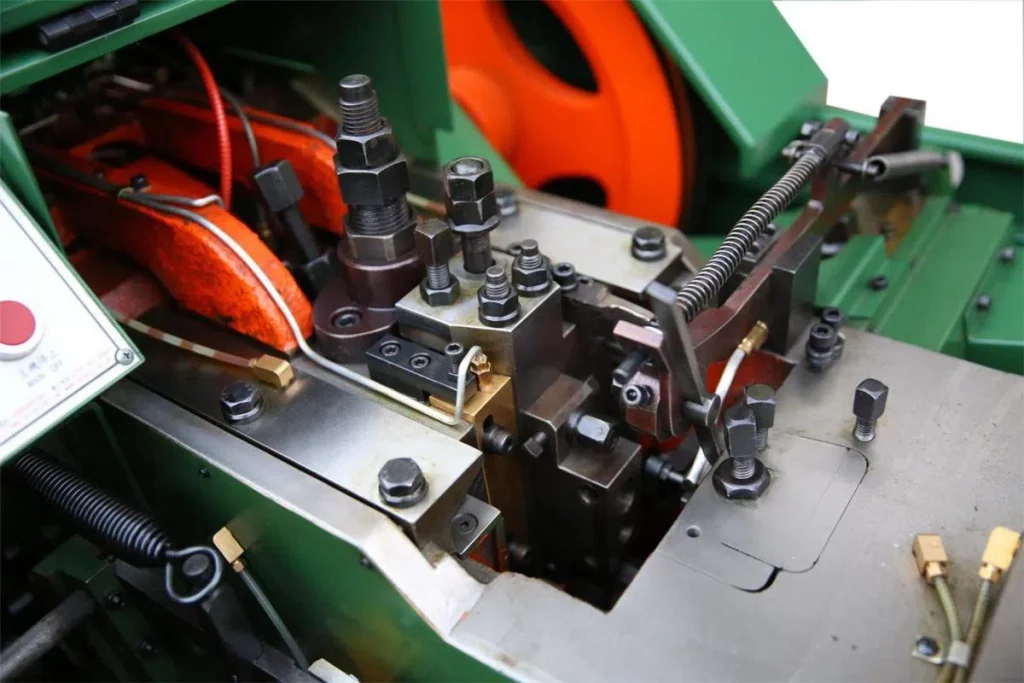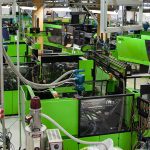A riveting machine is used to automatically set a metal fastener called a rivet. It is more cost effective than welding and offers greater consistency.
Riveted products can be disassembled for a quality inspection without damage to each part. They also offer better resistance to corrosion than welded products.
Impact Riveting
For many applications, impact riveting machines are a great solution for the shear loads and rotational forces a joint must withstand. This riveting process creates a downward force that deforms and swells the end of the rivet shank, which effectively holds the materials together. Orbitform offers a range of standard capacity machines and can design custom turnkey impact riveting solutions.
Riveting machines with an impact head assemble components by feeding rivets from a hopper or vibratory feeder bowl down a track and into open jaws that close and then insert the rivet shank into part holes. Activated by a switch or foot pedal, the rivets are then impacted with enough force to deform and flatten the opposite end of the rivet shank into a clinch shape, such as flat, conical, crowned or shouldered. Some machines are configured with load deflecting components for use on brittle or delicate materials. In high volume applications, impact machines install multiple rivets at once and have fast cycle times (about 0.3 seconds) to enable rapid production throughput.
Orbital Riveting
Using the same principles as impact riveting, orbital machines utilize a forming peen to press a rivet into a fastening shape. They work quickly, forming a rivet in less than a second. They’re also quieter and safer than their impact counterparts.
Orbital forming works at about room temperature and uses both rotation and downward pressure to form a rivet. It can be used to form a solid tenon into a flare (orflaring), a hollow tenon into a boss or a boss into a hole (staking).
Motor-driven machines use an electric motor to generate the downward force needed to deform a rivet. They can also come in single-, dual- or multiple-head models capable of installing one or more rivets at a time. They’re often used for applications with tight spaces or in locations where an operator would otherwise need to manually position the riveting machine head.
Spiralform Riveting
Riveting machines are used in many industries to join metal parts together. Unlike welding and soldering, riveting produces stronger joints. It is also easier and faster to use than other joining methods. Riveting is ideal for fastening metals, especially those that are curved or tapered. This is because the riveting process forms a thread that holds the pieces of metal tightly together.
The global [Riveting Machine market] 2023 research report provides a detailed analysis of the market, including an overview of its current and historical status, as well as highlighting future growth opportunities. The report also includes a discussion of the key players involved in the market, their major collaborations, strategic developments, and sales channels.
The global automatic riveting machines market is segmented by type (impact, orbital, and radial riveting), by application (vehicles, aircraft, textiles, and construction), and by region. The global market is expected to grow at a CAGR of 5.5% during the forecast period, from 2022 to 2030.
Manual Riveting
A rivet gun is an easy way to fasten materials together permanently. Unlike welding, this process does not cause thermal damage to the materials joined and is relatively inexpensive. These tools are simple to operate and can be operated manually or with battery power. They are ideal for working with fragile or brittle materials, such as bakelite, or for small and compact parts like door latches and metal brackets.
Rivets are manufactured in standardized sizes and it is important to choose the correct size rivet for the materials being joined. This is the first precondition for a properly executed riveted joint.
HONSEL offers a range of hand riveting machines that are suitable for most applications. The TR-308 and TR-312 are high-level professional machines that reduce operator effort thanks to a ratchet system. They also automatically collect spent rivets to eliminate the need for manual collection of slugs. They can set nuts from M-4 to M-12 and have a long handle for accessing hard-to-reach spaces.


